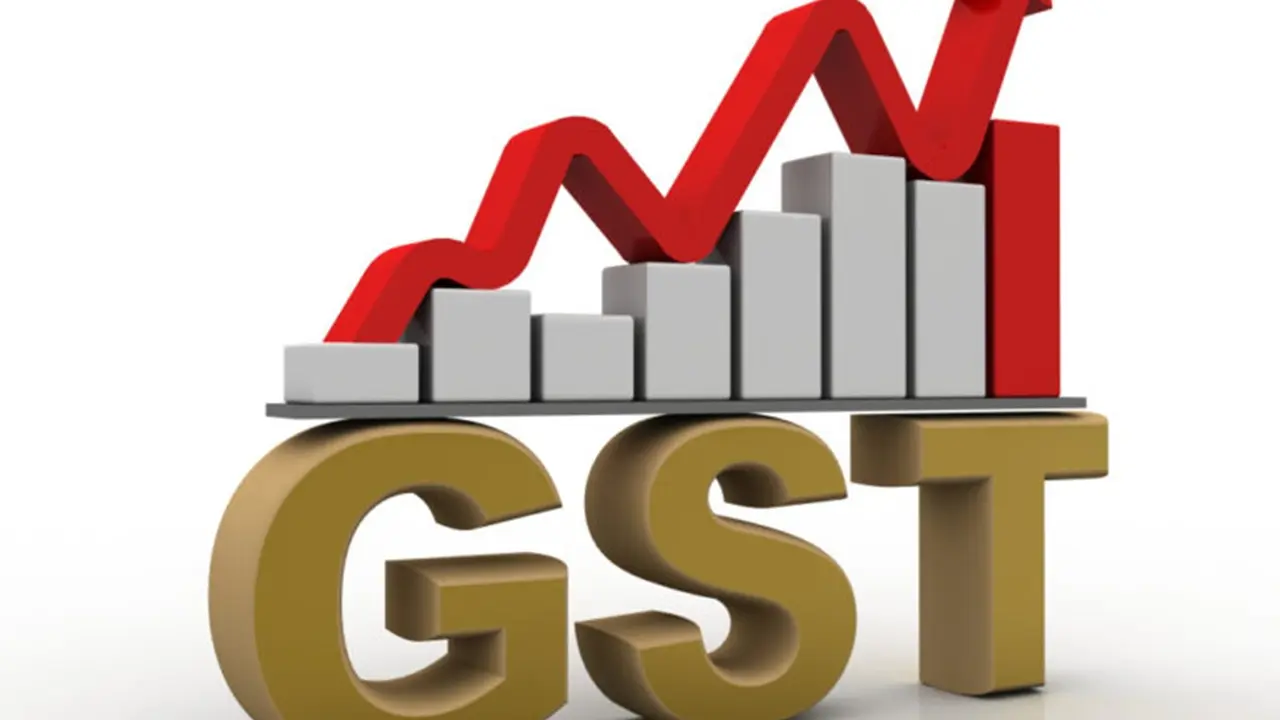Updated 18 March 2025 at 17:44 IST
New GST Rule From April 1: What Is Input Tax Credit - Right Or Obligation? Expert Decodes
The distribution of common ITC has to be carried out exclusively through the ISD mechanism.
- Republic Business
- 2 min read

The Goods and Services Tax (GST) was implemented in July 2017 and multi-state GST registrations have been facing confusion regarding the process for distributing common input tax credits (ITC) availed on services to lower net GST liability since then.
Due to this confusion, some entities have opted for the input service distributor (ISD) mechanism to allocate common ITC to theoir other GST registrations (under the same PAN) while others have chosen the cross-charge method. But this mechanism will change starting from April 1, 2025.
What Does This Mean?
The distribution of common ITC has to be carried out exclusively through the ISD mechanism.
Why Is This New Rule Being Implemented?
The new rule is being implemented to prevent the accumulation of ITC which is related to services consumed across multiple locations at a single location. Additionally, this is also being done to ensure that ITC is allocated to the locations where these services are actually used.
Advertisement
Expert Speaks
The Founder of Bookcents and Chartered Accountant at Kartik & Associates, Kartik Goyal in his LinkedIn post said that ITC is a "powerful tool that helps businesses optimize their tax liability by offsetting taxes paid on purchases."
ITC: Right Or Obligation?
According to Goyal, taxpayers don't realise that "availing ITC is a right, not a mandatory obligation!"
Advertisement
Section 16 of the CGST Act, 2017 says that a person is "entitled" to claim ITC - but it is not compulsory.
"The wording is crucial because it means businesses can choose whether or not to avail ITC based on their specific circumstances," Goyal wrote in his post on LinkedIn.
Therefore, according to him, there is no legal compulsion to claim ITC as it is a benefit and not an obligation.
Additionally, he added that "if ITC is not eligible or may lead to future reversals, businesses can choose not to avail it upfront".
According to Goyal, strategic ITC planning can help avoid unnecessary compliance issues and interest liabilities.
Published By : Sagarika Chakraborty
Published On: 18 March 2025 at 17:06 IST
